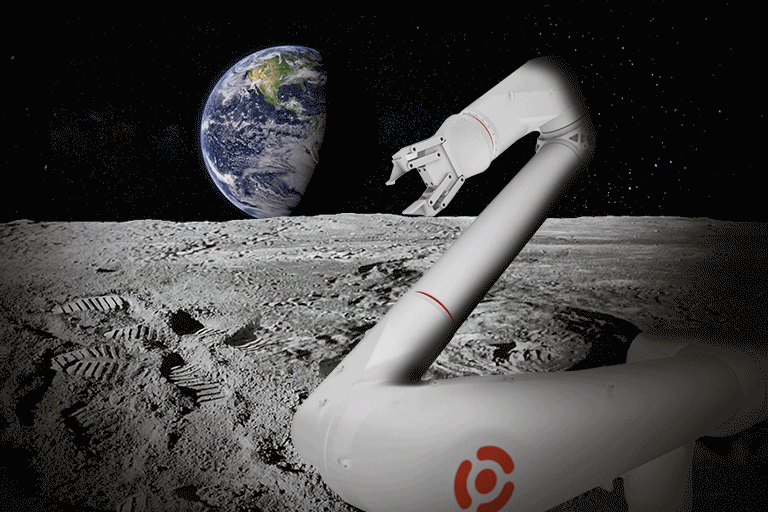Inside Artemis: What’s Next for the Moon — and Beyond
In 1969, the United States put a man on the moon for the first time. Now, more than 50 years later, NASA’s Artemis program is working to return humans to the moon — specifically the lunar south pole — by 2024.
Starting in December 2017, Artemis began as part of the efforts to revitalize the U.S. space program. With Artemis missions, NASA hopes to accomplish several goals: to land the first woman and first person of color on the Moon, establish a sustainable human presence on the Moon, and lay the foundations for crewed missions to Mars. Through new technologies and collaborations with commercial and international partners, the Artemis missions will serve as the launchpad for new scientific discoveries and inspiration for the next generation of space.
Consisting of a series of missions into space, the Artemis program hopes to use what they learn on missions to the Moon to send the first astronauts to Mars. Four Artemis missions are currently planned, with Artemis I being an uncrewed flight test of NASA’s Space Launch System super heavy-lift launch vehicle and the Orion spacecraft around the Moon. The Artemis II, set for April 2023, will have a crew traveling 4,600 miles (7,400 km) beyond the far side of the Moon. Later missions are to be proposed and planned, but all will support the final goal of getting humans to the Moon.
As the next big step in the exploration of space, Artemis will establish a base camp on the moon to support longer lunar expeditions and the eventual human exploration of Mars. With temperatures that can reach -298 degrees Fahrenheit (-183 degrees Celsius), a lunar base camp is necessary to ensure the safety and success of crews. The Artemis basecamp will include a lunar terrain vehicle, a habitable mobility platform that would enable trips across the Moon for up to 45 days, a lunar habitation to house crews, power systems, and more to help crews out. Along with the base camp, a gateway is to be built in lunar orbit. This gateway is where astronauts will transfer between Orion and the lander on regular Artemis missions. The gateway will remain in orbit for more than a decade, supporting the goal of long-term exploration on and around the Moon. Working together, these technologies will allow astronauts and robots to explore further and learn more than ever before.
Motiv is supporting these lunar efforts with their own innovative technology: the Cold Operable Lunar Deployable Arm (COLDArm). Created in collaboration with NASA’s Jet Propulsion Laboratory (JPL), the COLDArm is made specifically for use during the cold lunar Artemis missions. Engineered to function without heating or insulation at temperatures as low as -180°C, the COLDArm’s electronics are able to operate at cryogenic temperatures. And because the COLDArm doesn’t require external heating systems to function, it conserves energy, allowing for longer, more productive missions.
With its innovative ability to function at super-cold temperatures, the COLDArm is able to perform a variety of tasks from transport and maintenance to building a lunar settlement. As Artemis advances space exploration, robots such as COLDArm will be able to explore and gather information to assist humans and improve mission safety and success.
Along with the innovations from NASA, Motiv’s COLDArm is bringing us one step closer to extending the missions that will take us to Mars — and possibly our future home. As a leader in space robotics and technologies, Motiv is excited to contribute to the future of space exploration, from the Moon to Mars and beyond.
Learn more about Motiv’s COLDArm Technology and how it supports NASA’s Artemis Mission.
